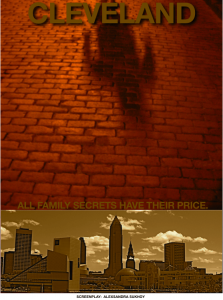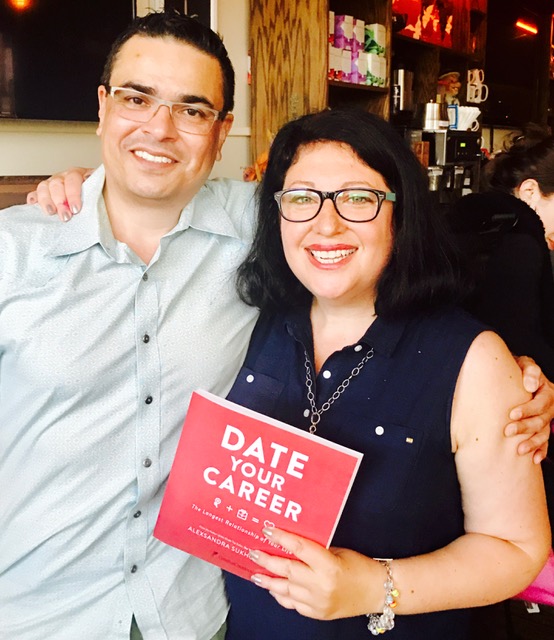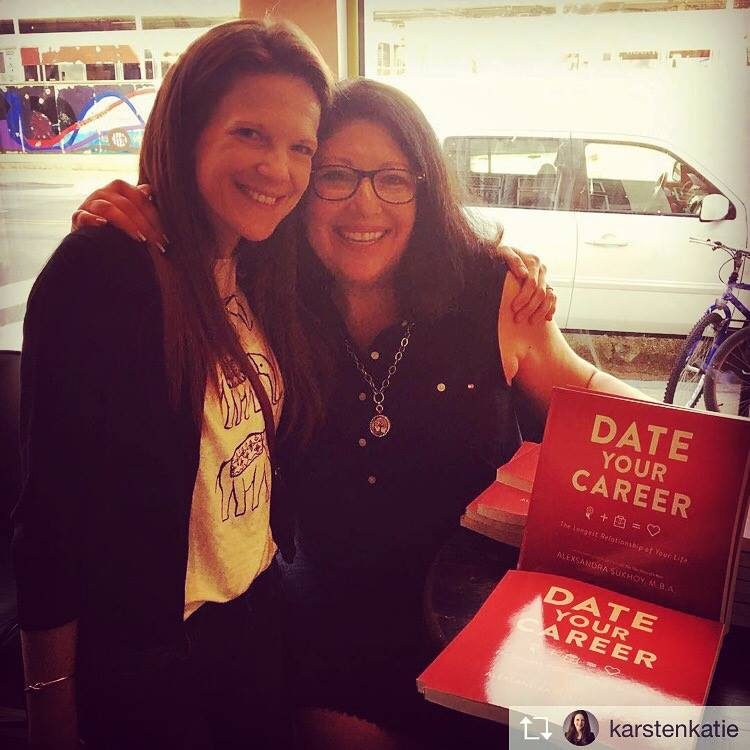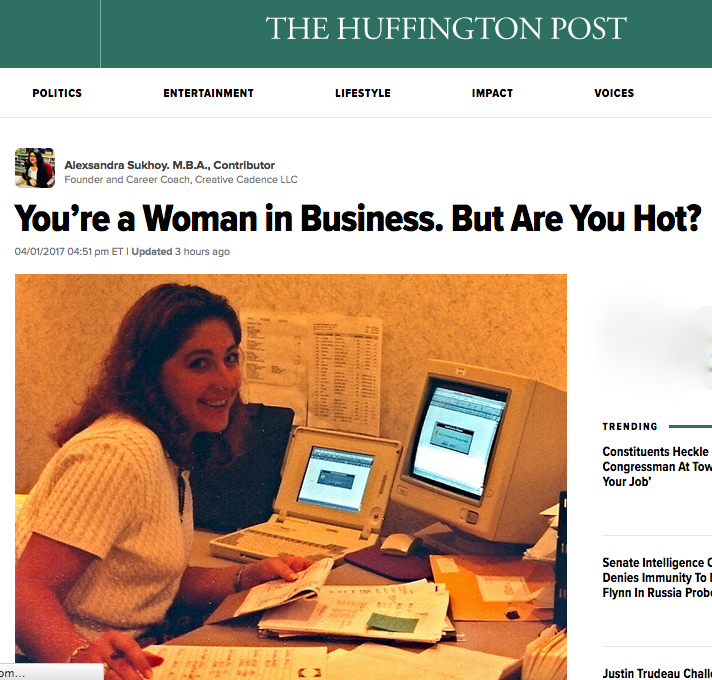- Begin Your Growth Plan Today!
- (216) 410-3825
- info@creativecadence.com
Cleveland: The Completed Screenplay
The script is finished. Long live the script.
What began nearly three years ago as almost a dare by my dear friend Sonia to “write that story” after we both witnessed a section of downtown Cleveland inundated with cops the night of the last Cavs championship game against the Spurs, the screenplay about a crime in a part of this city where there were no cops that night is, finally, complete.
It’s been quite a journey and, given that when this particular creative project commenced I was renting a downtown apartment and working for a huge corporation and now own my own home and work for myself, the script took me on its own adventure, again, on a dare, to see how badly I wanted this tale to come alive, though professional, health and personal adjustments, all the while knowing that this particular story will manifest itself into the Universe, with or without my input.
The first version took nearly two years and, in a fateful meeting with Cleveland’s film commissioner Ivan Schwarz, led me to CineStory, Pam Pierce’s professional writing retreat outside of L.A., one year ago this April. While a lifetime writer, yet a novice at screenplays, my two mentors, film producers Barri Evans and Amy Solko Robertson, maternally yet firmly each told me to “go darker, gritter and into the underbelly of society.” That my bad guys “aren’t bad enough” and need to be more “nefarious,” (a word I had to then look up in the dictionary.) That I’m not following the story I should be following and that while my Jewish characters are “predictable, stereotypical and flat” it’s the Irish characters that are “compelling and interesting.” Thus, to get the script to where it needed to be, they both told me to “scrap the story, keep the characters and start from the beginning.” Oh, and that it needed a theme. One, clear theme.
Returning from L.A., I was simultaneously inspired and removed. The good news was that there was something there to this world I created. The bad news was what the hell did I know about the underbelly of society, short of what Scorsese or “Law and Order” has already shown us? Granted, all of our lives have drama and I’ve seen and experienced enough for several lifetimes. But, for the most part, anything shady, unkosher, forbidden or criminal that may have taken place within my world did so without me being aware of it. I grew up in Skokie, Illinois, where our high school cheerleaders went to MIT. But, if there’s something that I can recognize it’s this notion of facade – where nothing is as it seems and where, at a certain point of time, truth begins to percolate, revealing unwelcomed realities. A rug can only cover so much dust before it can no longer breathe. And, as one of the L.A. mentors, screenwriter Phil Eisner wisely told us “This whole notion of ‘write what you know’ is bullshit. You’re a writer. It’s your job. Make it up.”
Taking all this into account, the real work began, with an even closer look at the show “Mad Men,” the Roles Royce of the duality of life. In the 2009 September Vanity Fair article “Don and Betty’s Paradise Lost,” Bruce Handy wrote, “at its core Mad Men is a moving and sometimes profound meditation on the deceptive allure of surface, and on the deeper mysteries of identity…the silences, of which there are many, speak loudest.” I printed out and taped this review on the closet door of my studio, which I can see directly from my desk, as a constant reminder of the goal.
Then, my editor, Jacob Livshultz, a NYU Film School trained writer and artist, suggested the following “Start your story with a fire. It’s a good attention getter.” This idea resonated and, six months after the L.A. trip, I finally reopened the script and began to write Version 2, Draft 1. I pulled fourteen pages together, feeling good about the opening and proudly sent them to Jacob, my Mom and to Evan Lieberman, who was my mentor from the get-go. But the excitement soon subsided. As Evan conveyed at a recent dinner, “But you got only fourteen pages.” And, at that same dinner, wise and good friend Elie said “Just finish the damn thing.”
This was the kind of tough love I needed. Yet, even with the encouragement, the motivation, the theme and the attention-grabbing fire opening, I still had no motive for the fire. I had a sense of how the characters would relate and what the backstory would need to be, but not that nugget of gold that’s critical to holding the movie together and providing the audience with the payoff it deserves.
One day, while going through a bunch of film, writing and media magazines I picked up while in Chicago, read an interesting story about Ashton Kutcher and how he’s now pulling content, advertising and technology together into a new post-media company. This cover article inspired the magazine purchase and, while the piece seemed informative and interesting, a completely different topic got my attention. The same issue featured an investigative journalism look into a country in Africa that’s recently discovered diamonds. And, while the original assumption lead people to believe that it would offset the horrific crimes in the other African diamond-mining countries, criminal activity rose everywhere, with people suffering the most unimaginable tragedies.
After absorbing the horror of the the article I called Jacob and said, “I got it. This is why the fire happens. This is the crime that connects everyone.”
No, it isn’t diamond mining, although the script sequel could very easily make the leap. My story takes place in Cleveland and, as I recently told Evan, the pitch is The Departed meets Our Town.
Once Jacob and I discussed the twist, I went full speed ahead. A film class I was supposed to teach was canceled for the semester and I accepted that the time needs to be focused on something else. So I wrote. And I wrote. And I wrote. But only during natural daylight. The new screenplay resonates the darkness it so desperately sought. I didn’t need the mind to wander after hours.
Since completion, Jacob made some changes and we both agreed that the character of Miguelle, the only one based on a real person and dear friend, is no longer relevant. (I love you my brother, but you don’t need to be in this story.) So we cut him out. We explored a few faces deeper and we maintained the staccato tempo.
After developing the changes, I printed all the pages and, in an old school editorial fashion, took a pencil and read every word out loud, making marks, notes and arrows. It’s gasping to know how many typos get caught this way and I would encourage the method to anyone submitting a one page summary or a 400 page novel.
As I type this, I have one last round in the boxing ring: incorporating the penciled edits and then hitting the send button to a key local contact interested and open to reading Cleveland.
Three years of work. Two very different stories. One script.
And, if it’s any good, I’m just getting started.








7 Comments
OMG I’m so thrilled for you. My fingers and toes are crossed in anticipation of you becoming a big star (and paying all that past tuition) Good Luck, my friend!
Ellen, toda raba. From your mouth to G-d’s ears! 🙂
YES! OH YES! OH HELL YES! We are very proud of you. Keep rolling!
Brian and Hali, my eternal lights, thank you for the love and the kindness and the support. Hoping this tale will bring me to your hood. Know-I’m-Sayin? Miss you both. xoxoxo.
Sis, love how you incorporated your pic originally used for your creative outlet for photography into a darker, grittier image for a title of your screenplay. You rock and roll!
Aw, Sister, thank you for the kind words and for noticing. Yeah, the top shadow shot is of Jessica & taken in Little Italy. The bottom one, originally bright & beautiful, was captured on a walk with Sonia 3 years ago. The producers make the final poster call, but this helped me in terms of setting the tone. xoxoxoxo
Thank you for your sharing. I am worried that I lack creative ideas. It is your article that makes me full of hope. Thank you. But, I have a question, can you help me?